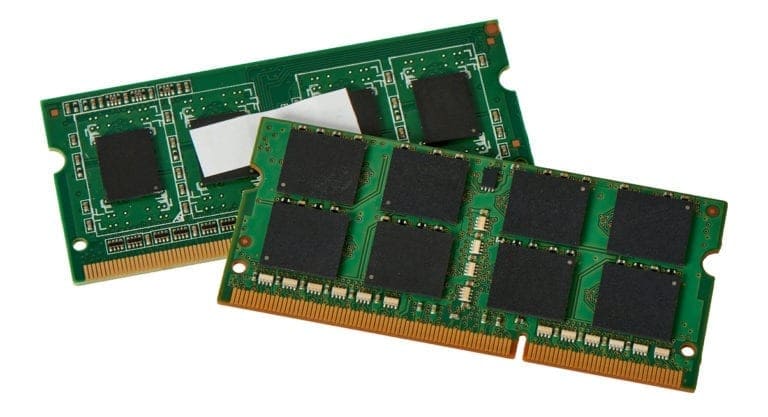China's largest contract chipmaker, Semiconductor Manufacturing International Corporation (SMIC), is navigating an increasingly competitive semiconductor landscape, a reality underscored by the company's recent first-quarter earnings miss.
During their Friday earnings call, SMIC executives highlighted the escalating industry competition and the impact of commoditized product pricing aligning with prevailing market trends. To tackle these hurdles, SMIC is emphasizing the development of advanced technology platforms, striving for a one to two generation lead over existing technologies within mainland China.
SMIC holds a critical position in Beijing's ambition to decrease reliance on foreign entities within the domestic semiconductor industry. This drive is fueled by ongoing US efforts aimed at curbing China's technological advancement. However, analysts emphasize that SMIC still lags behind industry giants like Taiwan Semiconductor Manufacturing Company (TSMC) and South Korea's Samsung Electronics.
Shrinking Profits and Thinning Margins
SMIC's first-quarter net profit plummeted by 68.9% year-over-year, landing at $71.79 million, falling significantly short of the $80.49 million average analyst estimate reported by LSEG. The company's gross margin also contracted to 13.7% during the quarter, marking its lowest point in almost 12 years, according to LSEG data.
These dwindling profit and gross margin figures illustrate the fierce competition SMIC faces. The pricing pressure on commoditized chips, coupled with the substantial costs associated with research and development, are key factors squeezing the company's profitability.
Revenue Growth and Stockpiling
On a brighter note, SMIC's first-quarter revenue climbed 19.7% year-over-year to $1.75 billion, propelled by customer stockpiling of chips. This figure exceeded the LSEG estimate of $1.69 billion.
SMIC noted that the integrated circuit (IC) industry was still in a recovery phase during the first quarter, with customer inventories gradually improving. Global SMIC customers demonstrated a greater willingness to increase inventories compared to the previous three months.
Building Inventories to Weather Competition
SMIC explained that customers are building up inventories to navigate the competitive landscape and respond effectively to market demand. The company even found itself unable to fulfill some urgent orders during the first quarter due to several production lines operating near maximum capacity.
SMIC's chips find applications in a wide array of devices, encompassing automobiles, smartphones, computers, IoT technology, and more. Notably, over 80% of the company's first-quarter revenue originated from customers within China.
Investment Priorities and Dividend Delay
In its quest to bolster competitiveness and market share, SMIC has prioritized investments in areas such as capacity expansion and research and development initiatives.
To ensure the company maintains a leading edge in the fiercely competitive market and maximizes investor interest protection, SMIC decided to forgo dividend payouts for 2023.
Optimism Amid Challenges
Despite grappling with intense competition, SMIC remains optimistic. The company firmly believes that as long as customer demand persists, supported by its technological readiness and capacity, it can emerge larger, better, and stronger.
Second-Quarter Projections
SMIC projects that second-quarter revenue will grow between 5% and 7% compared to the first quarter, driven by robust demand. However, gross margins are predicted to further decline to a range of 9% to 11%. This shrinking gross margin is attributed to increasing capacity scale, which consequently elevates depreciation quarter-over-quarter.
Navigating US Sanctions
SMIC was added to the US trade blacklist in 2020. Consequently, companies are required to apply for licenses before selling products to SMIC, hindering the company's ability to acquire specific technologies from the US.
SMIC's Advancements and Future Challenges
Despite facing US sanctions, analysis of Huawei's Mate 60 Pro smartphone, launched last year, revealed that the device utilizes a 7-nanometer chip manufactured by SMIC. This smartphone also appears to support 5G connectivity, despite US efforts to sever Huawei's access to key technologies, including 5G chips.
This achievement underscores the significant advancements SMIC has made in developing sophisticated chip technology. However, it's essential to acknowledge that TSMC and Samsung commenced mass production of 7-nanometer chips back in 2018 and are currently producing 3-nanometer chips. The smaller the size, the more advanced the technology.
The challenge for SMIC lies in continuously developing more sophisticated chip technology to bridge the gap with its competitors and ultimately achieve China's ambition of chip independence.




0 comments:
Post a Comment